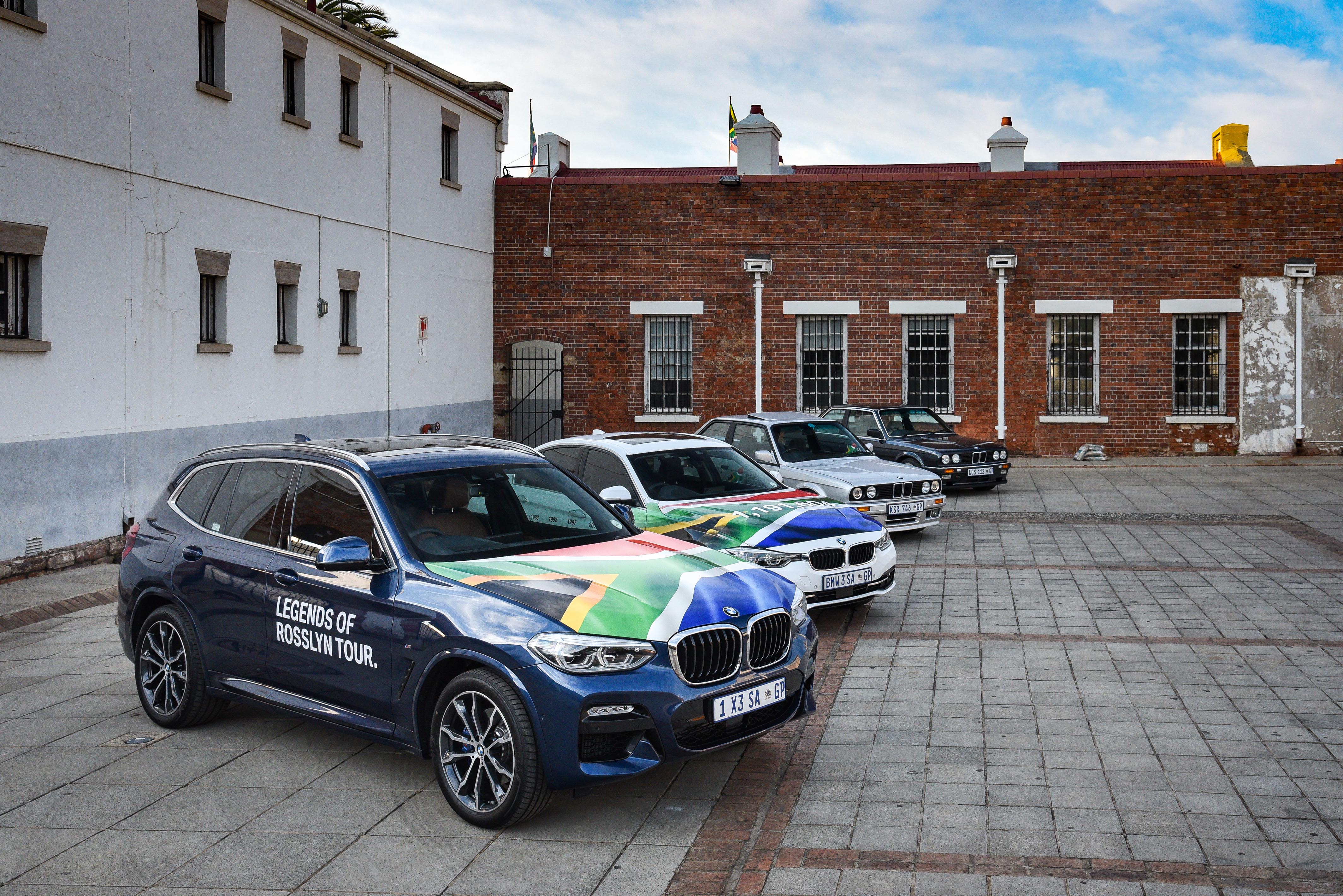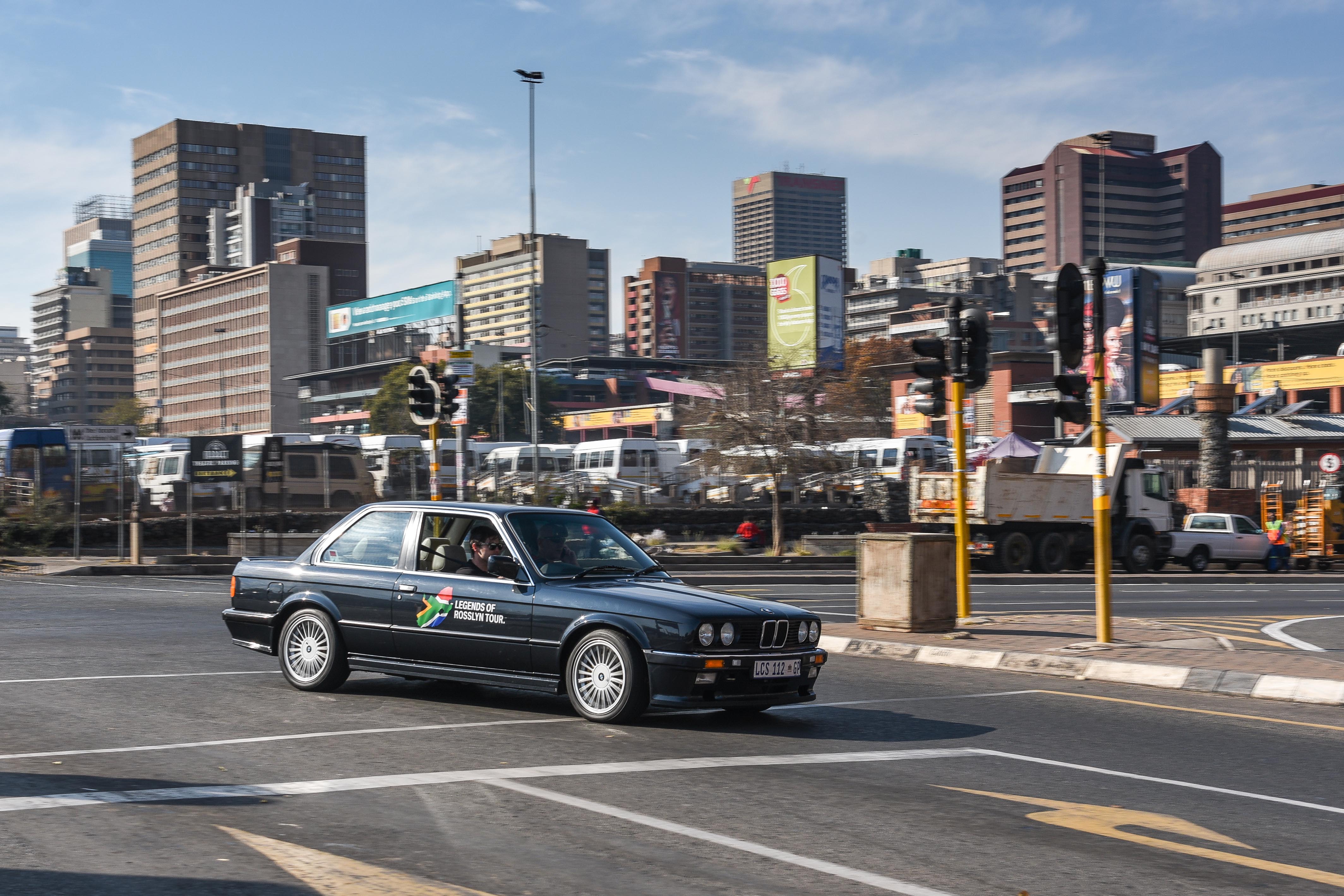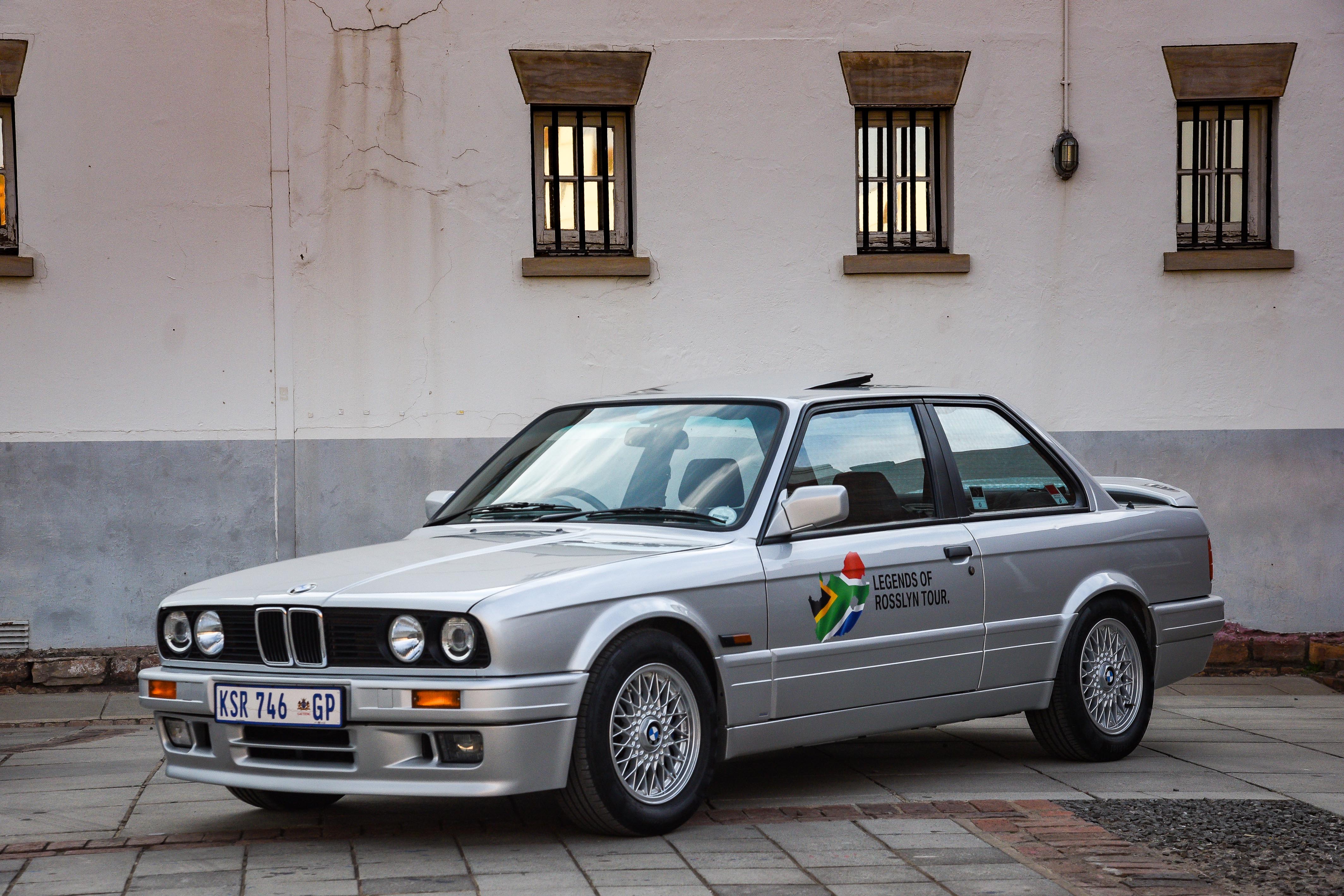With the brand now producing the X3 locally and having stopped production of the 3-series at its production facility in Rosslyn, Pretoria, it was rather apt that I was invited to drive two other locally-produced models, the 333i and the 325is Evo 1.
The first and the last
Upon arrival at Constitution Hill in Johannesburg, I was greeted by four BMW models, a blue X3, a white 340i and of course, the two iconic E30s mentioned above. At first glance the two newer cars seemed insignificant, that was until I was told that the 3-series in front of me was the very last to be built at Plant Rosslyn and that the X3 to my left was the very first to roll out of the very same factory.
I was simultaneously looking at the end of an era and the start of something new. The other benefit of having two modern BMW models there was the opportunity to experience just how different cars from the same manufacturer can feel when their production dates differ by three decades.

Driving the classics
Up first, I hopped into the 333i, a vehicle produced for South Africa after news that an E30 M3 wouldn't be a possibility for the local market. With the M3 of that era featuring a four-cylinder motor, the 333i seemed like overkill, with the 3.2-litre straight-six motor from the likes of the 733i and 633i CSI under the bonnet.

Stepping into the 333i I felt like a kid again, such excitement to view the 80s-style dashboard, the dog-leg gearbox, which puts first gear where second gear would usually be and of course, to listen to that massive motor on cold start. I fired it up and looked for the airconditioning switch, which in the 333i was an option, you could either have airconditioning or power steering, not both, which means that the example that I was driving would do without the latter.
I slid the notchy gearbox into first and set off, burbling away through the streets of Johannesburg. The amazing thing about the 333i is how heavy the controls are and yet, how small the car is and indeed, how easy it is to see out of with that massive glass house. You could spot the car enthusiasts from a mile away because they knew exactly how special these cars are and would whistle and shout as I cruised past.
The large lump up front produces fantastic low-down torque, and although not fast by modern standards, I could only imagine what an animal this must have been when it was released. I got out on to the highway and decided to chase the redline in a few gears. Second to third shifts produced a faint chirp from the rear wheels while progress is steady and the sound absolutely intoxicating.
The steering is heavy, but communicative and filled with feedback, it reminds you of what steering should probably feel like, while the brakes remind you of how far we've come with stopping power.

In typical Johannesburg style, the traffic and later, the weather decided to take a turn for the worse. This meant that any meaningful stint in the ‘Gusheshe', the nickname for the 325is, would be thwarted, so my colleague and I sat in traffic, discussing the restoration project that brought the 325is that we were driving into near showroom condition while pining over the virtues of classic BMW ownership. Perhaps one day, on the right road, I'll have my chance to pin a Gusheshe, and then, all will seem right with this world.
Driving and indeed, being driven in these classic E30s was a throwback to when driving as well, driving and indeed, when one needed to be at their best to extract the very best from a car. It's an era that many, including myself or many years, struggled to understand, but simply driving one of these older cars will instil in you a respect for what real driving is all about, and that's very the essence of motoring itself.
















